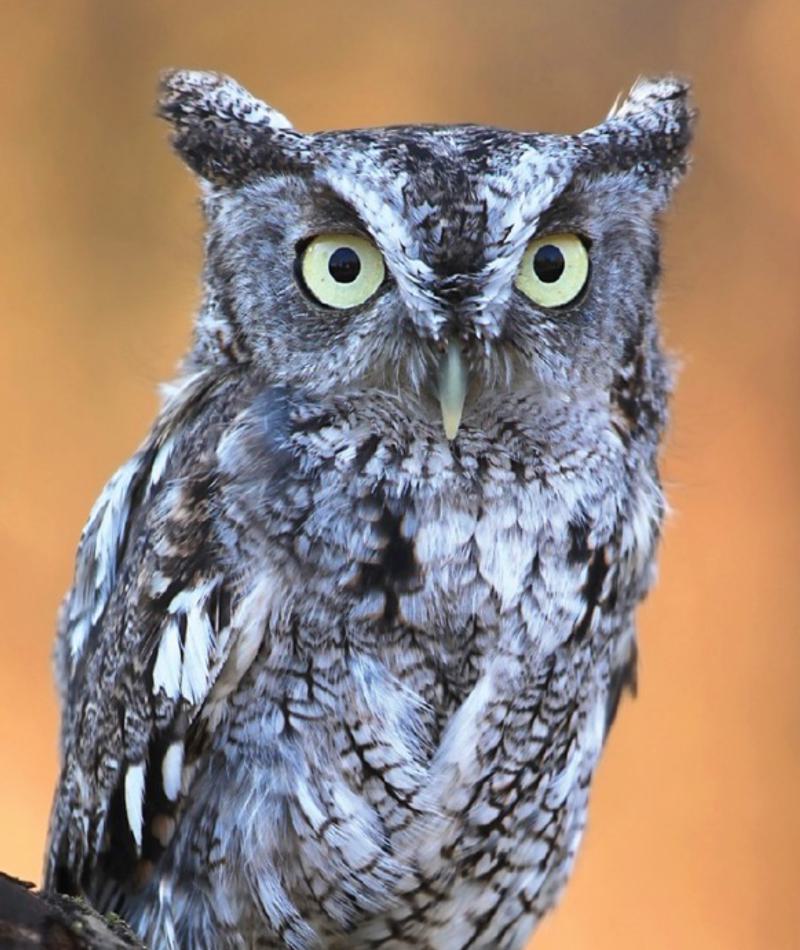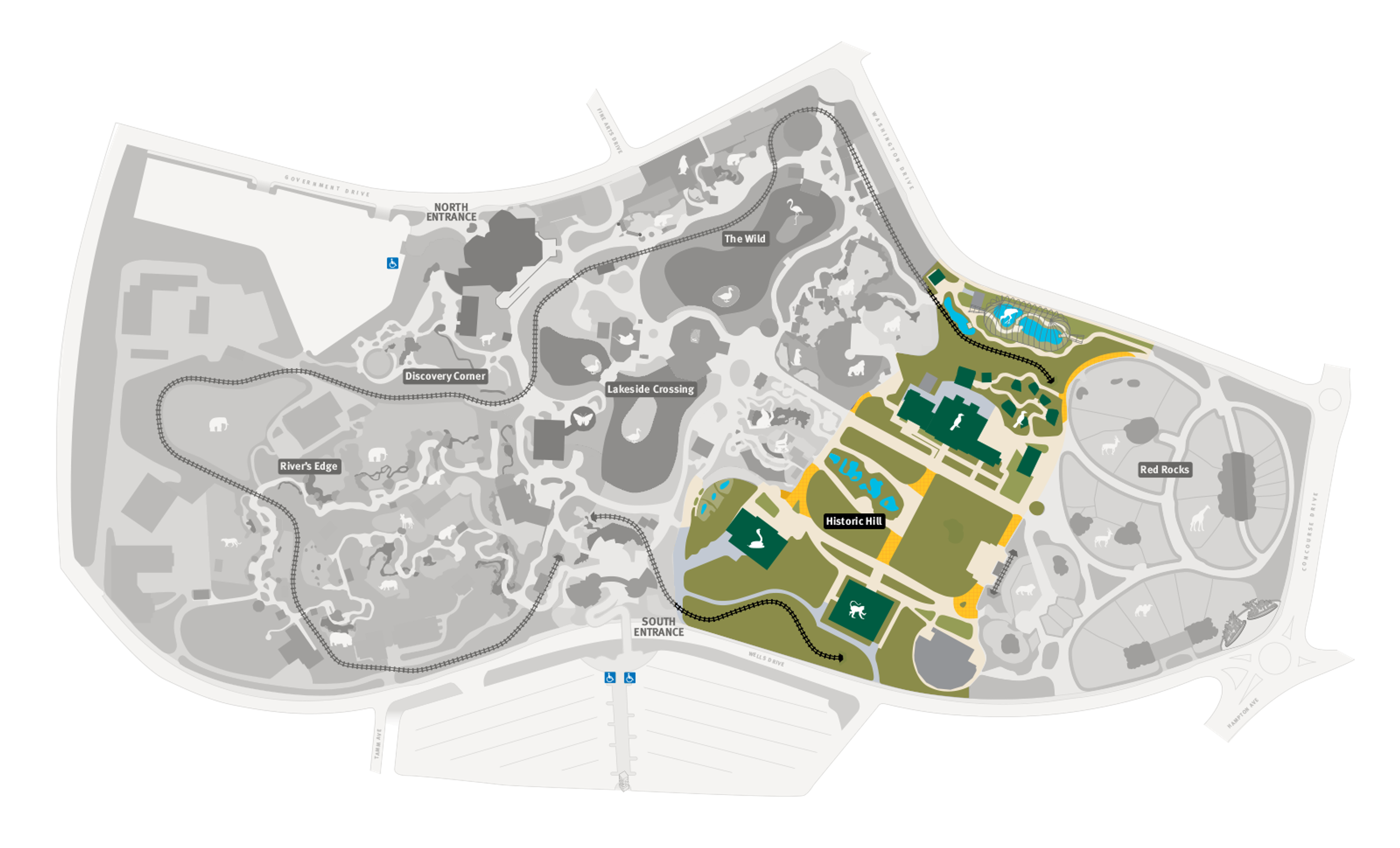
Eastern Screech Owl
Otus asio
Did you know?
- Eastern screech owls are a part of the Strigidae family, which they share with many other owls.
- They use a variety of calls, trills and screeches.
- They live in grasslands, woodlands and similar habitats in eastern and central North America
- They are common in Missouri.
- A female will lay two to six eggs per clutch.
Adaptations
Eastern screech owls are highly adapted predators that live in a large range, starting in southern Canada and ending in northern Mexico. They grow to be about nine inches tall, and their feathers can be a variety of white, gray, brown or red. Their coloration helps them camouflage in wooded areas, where they often rest and nest in tree cavities. Like most owls, they have great eyesight and hearing, both of which help them while hunting at dusk and night.
Young and Family
Eastern screech owls are usually monogamous. When a male courts a female, he will perform a variety of actions, including slowly winking one eye at her. A female will lay two to six eggs per clutch, often inside tree cavities left over from other animals, such as a woodpecker’s hole. Chicks will rely on their parents for up to six weeks.
Threat Level
- Unknown
- Common
- Near Threatened
- Threatened
- Endangered
- Critically Endangered
- Extinct in the Wild
Common
The Eastern Screech Owl is widespread and abundant.
Range
Eastern and central North America
Habitat
Forests, woodlands, scrublands, gardens, urban areas

We care about eastern screech owls
The Saint Louis Zoo supports eastern screech owls in the Bird House at the Zoo. Learn more about how we are helping wildlife around the world.
Find this animal in Historic Hill

SAINT LOUIS ZOO ZONE
Historic Hill
Historic Hill is a lovely stroll through one of the oldest parts of the Saint Louis Zoo. From the 1904 World’s Fair Flight Cage to the Spanish architectural flavor of the 1920s in the Bird House, Primate House and Herpetarium to the finishing touches of our thoroughly modern exhibits, this area of the Zoo has a unique ambiance and a nostalgic history that make it a great destination.

